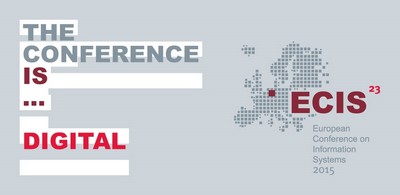DOI
10.18151/7217484
Abstract
Extracting value from big data is one of today’s business challenges. In online marketing, for instance, advertisers use high volume clickstream data to increase the efficiency of their campaigns. To prevent collecting, storing, and processing of irrelevant data, it is crucial to determine how much data to analyze to achieve acceptable model performance. We propose a general procedure that employs the learning curve sampling method to determine the optimal sample size with respect to cost/benefit considerations. Applied in two case studies, we model the users' click behavior based on clickstream data and offline channel data. We observe saturation effects of the predictive accuracy when the sample size is increased and, thus, demonstrate that advertisers only have to analyze a very small subset of the full dataset to obtain an acceptable predictive accuracy and to optimize profits from advertising activities. In both case studies we observe that a random intercept logistic model outperforms a non-hierarchical model in terms of predictive accuracy. Given the high infrastructure costs and the users' growing awareness for tracking activities, our results have managerial implications for companies in the online marketing field.
Recommended Citation
Stange, Martin and Funk, Burkhardt, "How Much Tracking Is Necessary? - The Learning Curve in Bayesian User Journey Analysis" (2015). ECIS 2015 Completed Research Papers. Paper 173.
ISBN 978-3-00-050284-2
https://aisel.aisnet.org/ecis2015_cr/173


